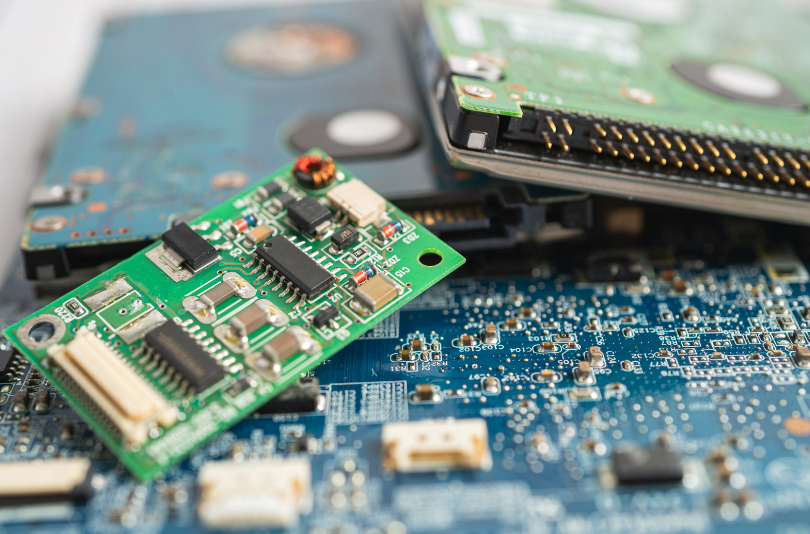Time: 2025-04-02 11:12:06View:
FPGAs are power-hungry devices, but optimizing their power usage is crucial for battery-operated, high-density, or thermally constrained designs. Below are key techniques to minimize power consumption in FPGA designs, categorized by static (leakage) power and dynamic (switching) power reduction.

Disable unused clock branches with enable signals.
Example (VHDL):
process(clk, enable) begin
if rising_edge(clk) and enable = '1' then
-- Logic here only runs when enabled
end if;
end process;
FPGA Tools Support:
Xilinx: BUFGCE (Clock Enable Buffer)
Intel: CLKCTRL with enable
Reduce clock speed when full performance isn’t needed.
Use PLLs/MMCMs to switch frequencies at runtime.
Avoid unnecessary global clocks → reduces switching activity.
Freeze unused logic paths to prevent unnecessary toggling.
Example:
always @(posedge clk) begin
if (enable) begin
result <= a + b; // Only compute when needed
end
end
Reuse arithmetic units (e.g., one multiplier for multiple operations).
FPGA tools can do this automatically (-optimize_power in synthesis).
DSP Slices instead of fabric multipliers (lower dynamic power).
Block RAM (BRAM) instead of distributed RAM (lower leakage).
BRAM is more power-efficient for large storage.
Distributed RAM (LUTRAM) is better for small, high-speed buffers.
Split memory into smaller banks → only activate what’s needed.
Example:
reg [7:0] mem_bank_0 [0:255]; // Only this bank consumes power when accessed
reg [7:0] mem_bank_1 [0:255];
Some FPGAs (e.g., UltraScale+) support BRAM power-down.
Use LVCMOS (1.8V) instead of LVTTL (3.3V) where possible.
Avoid high-power standards like LVDS if not needed.
Use DDR instead of single-data-rate I/O where applicable.
Example:
ODDR #(.DDR_CLK_EDGE("SAME_EDGE")) ddr_out (.Q(ddr_pin), .C(clk), .D1(data), .D2(data));
Prevents unnecessary power draw from floating pins.
Some FPGAs (e.g., Xilinx Zynq) support Dynamic Voltage Scaling (DVS).
Power down unused FPGA regions dynamically.
Xilinx: Artix-7 (low static power), Spartan-7 (cost-optimized).
Some FPGAs support body biasing (e.g., Intel HyperFlex).
Improve cooling → reduces leakage current.
Less unused logic → lower leakage.
Xilinx: XPE (Xilinx Power Estimator), Vivado Power Reports.
Intel: PowerPlay Early Power Estimator, Quartus Power Analyzer.
Annotate switching activity in VCD files for accurate power analysis.
Category | Technique | Power Savings |
Clock | Clock gating, dynamic scaling | High (dynamic) |
Logic | Operand isolation, resource sharing | Medium |
Memory | BRAM banking, sleep modes | Medium |
I/O | Lower voltage standards, DDR | High (I/O power) |
FPGA Features | Partial reconfiguration, DVS | High (static) |
Start power optimization early in RTL design rather than post-synthesis. Use FPGA vendor guidelines for target-specific optimizations.